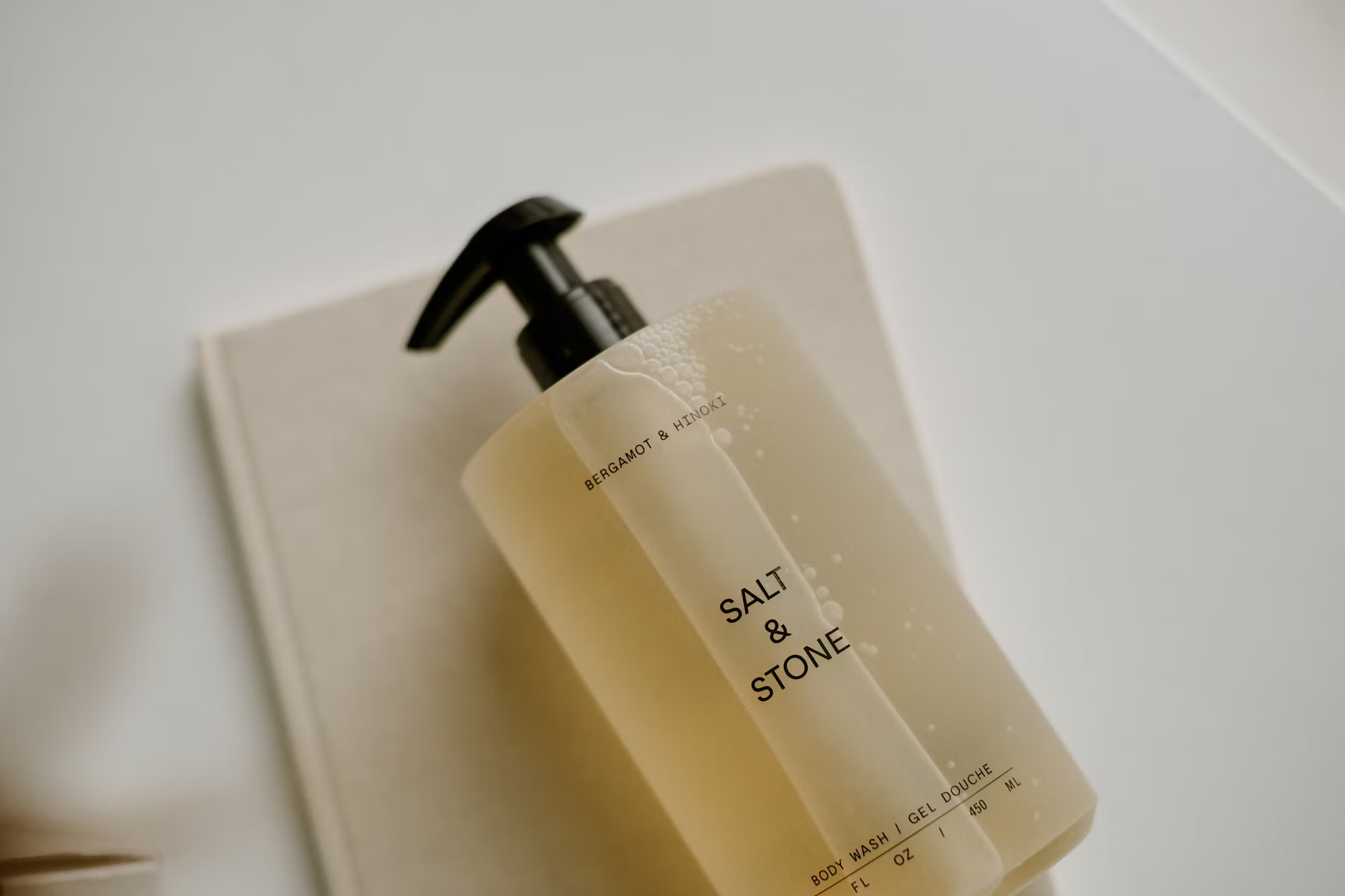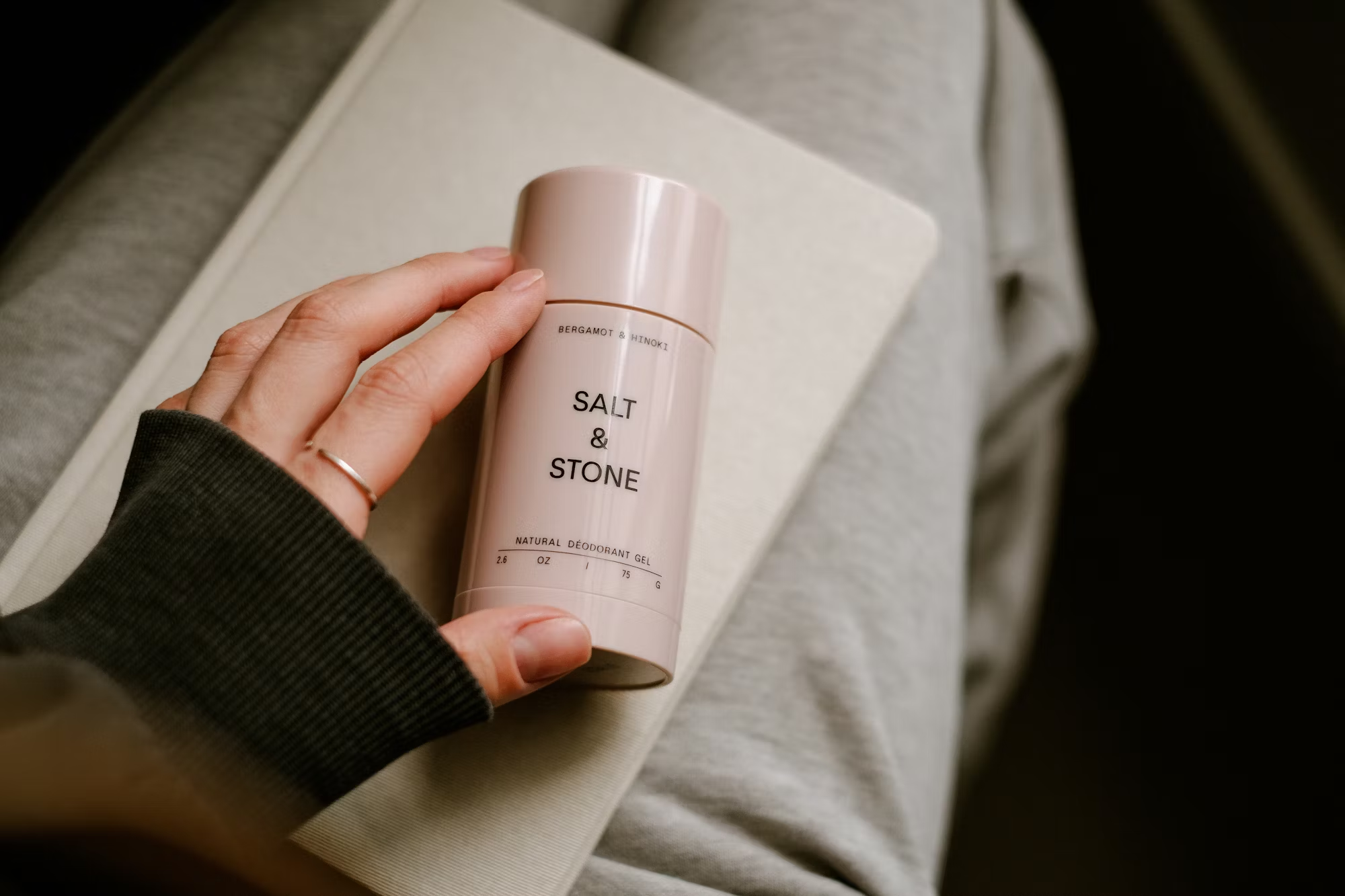
Edible flowers have been a part of culinary traditions around the world for centuries, adding unique flavors, vibrant colors, and visual appeal to a wide variety of dishes. As more people embrace plant-based diets and seek fresh ingredients, the interest in edible flowers is blooming. This article will explore the fascinating world of edible flowers, their culinary uses, and tips on how to incorporate them into your cooking. Edible flowers are not only visually stunning but can also enhance the flavor profiles of various dishes. Different flowers have unique tastes that can range from sweet and floral to spicy or herbaceous. For instance, nasturtiums have a peppery flavor reminiscent of arugula, making them a wonderful addition to salads. Similarly, violets have a sweet, delicate taste that can elevate desserts. Understanding the flavor characteristics of edible flowers allows cooks to creatively pair them with complementary ingredients, enhancing the overall dining experience. When incorporating edible flowers into your dishes, it is essential to source them safely. Always choose flowers that are specifically labeled as edible and ensure they are grown without harmful pesticides or chemicals. Many gardeners cultivate their own edible flowers, ensuring they know the growing conditions and can harvest them safely. Common edible flowers include nasturtiums, pansies, marigolds, and borage, each with its unique flavor and appeal. The versatility of edible flowers allows them to be used in various culinary applications. They can be incorporated into salads, desserts, beverages, and even main dishes. For example, a vibrant salad featuring mixed greens, cherry tomatoes, and a handful of edible flowers can create a visually stunning and flavorful dish. Alternatively, infusing simple syrups with floral notes, such as lavender or elderflower, can add a delightful twist to cocktails and non-alcoholic beverages. Desserts also benefit greatly from the addition of edible flowers. Floral flavors can be used to create light and refreshing sorbets, infused creams, or beautiful garnishes on cakes and pastries. Imagine a delicate vanilla panna cotta topped with candied violets or a fruit tart adorned with colorful edible blooms, each bite bursting with flavor and beauty. Beyond their flavor and aesthetic appeal, edible flowers also carry nutritional benefits. Many edible flowers are rich in antioxidants, vitamins, and minerals, adding not only taste but also health benefits to your meals. For example, hibiscus flowers are known for their high vitamin C content and can be brewed into a refreshing tea. Adding these nutritious blooms to your diet is an excellent way to boost your overall health while enjoying their delightful flavors. Incorporating edible flowers into your meals can also foster a deeper connection to the food you consume. By choosing locally sourced or home-grown flowers, you become more attuned to seasonal changes and the natural rhythms of your environment. This mindful approach to eating encourages creativity in the kitchen and a greater appreciation for the ingredients you use. Preparing edible flowers for cooking is simple and straightforward. Begin by gently rinsing the flowers under cool water to remove any dirt or insects. Trim the stems and remove any unwanted leaves, ensuring that only the edible parts are included in your dishes. It’s also advisable to remove the bitter parts of some flowers, such as the green parts of the petals or the stamens, to enhance their flavor. When it comes to presentation, edible flowers can transform any dish into a work of art. Their vibrant colors and unique shapes can be used to garnish plates, cocktails, and desserts, creating visually stunning culinary masterpieces. A sprinkle of edible flowers can turn a simple dish into an Instagram-worthy creation, impressing guests and elevating the dining experience. For those looking to experiment with flavors and aesthetics, consider creating floral-infused oils or vinegars. These culinary creations can enhance your cooking repertoire and provide a unique twist to dressings and marinades. Simply infuse neutral oils or vinegars with your choice of edible flowers, allowing the flavors to meld over time. The result is a beautifully fragrant ingredient that can be drizzled over salads, grilled vegetables, or used as a dipping sauce. When planning a gathering or special event, incorporating edible flowers into your menu can impress your guests and create a memorable experience. Floral-themed parties, brunches, or afternoon teas can be enhanced by the inclusion of edible flowers in various dishes, from flower-infused teas to beautifully garnished hors d’oeuvres. Not only do edible flowers elevate the culinary experience, but they also spark conversations about their unique flavors and uses. As you explore the world of edible flowers, consider growing your own in a small garden or balcony. Many edible flowers are easy to cultivate and require minimal maintenance, making them an excellent addition to your home garden. With just a few pots and a sunny spot, you can enjoy a fresh supply of vibrant blooms for your culinary creations. As you harvest your flowers, you’ll also experience the satisfaction of growing your own ingredients, deepening your connection to the food you prepare. In addition to the kitchen, edible flowers can also enhance the beauty of your home. Floral arrangements featuring edible blooms can be both decorative and functional. Creating a centerpiece with fresh flowers that are also suitable for culinary use allows for a stunning display that invites guests to enjoy their beauty and flavor. Whether used in cooking or as decorative elements, edible flowers bring a touch of elegance and creativity to any meal or occasion. In conclusion, the world of edible flowers offers a delightful way to enhance your culinary creations. By understanding their flavors, sourcing them safely, and incorporating them into various dishes, you can elevate your cooking to new heights. Embrace the beauty and flavor of edible flowers, and let them inspire your culinary journey as you explore the endless possibilities they offer.





